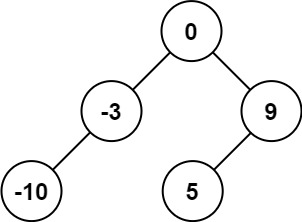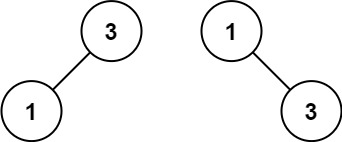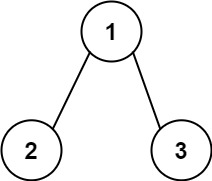Given an integer array nums sorted in non-decreasing order, return an array of the squares of each number sorted in non-decreasing order.
Example 1:
Input: nums = [-4,-1,0,3,10] Output: [0,1,9,16,100] Explanation: After squaring, the array becomes [16,1,0,9,100]. After sorting, it becomes [0,1,9,16,100].
Example 2:
Input: nums = [-7,-3,2,3,11] Output: [4,9,9,49,121]
Constraints:
1 <= nums.length <= 104-104 <= nums[i] <= 104numsis sorted in non-decreasing order.
Solution 1: (Quick Sort)
/**
* @param {number[]} nums
* @return {number[]}
*/
var sortedSquares = function(nums) {
nums = nums.map(num => num * num);
quickSort(nums, 0, nums.length - 1);
return nums;
};
function quickSort(nums, left, right) {
let index;
if (nums.length > 1) {
// index returned from partition
index = partition(nums, left, right);
// more elements on the left side of the pivot
if (left < index - 1)
quickSort(nums, left, index - 1);
// more elements on the right side of the pivot
if (index < right)
quickSort(nums, index, right);
}
// you can return or not return,
// since we change nums, no need to return
// return nums;
}
function partition(nums, start, end) {
let l = start, r = end;
let mid = Math.floor((start + end) / 2);
let pivot = nums[mid];
// Important: l <= r not l < r
while (l <= r) {
while(nums[l] < pivot)
l++;
while(nums[r] > pivot)
r--;
if (l <= r) {
// swap
[nums[l], nums[r]] = [nums[r], nums[l]];
l++;
r--;
}
}
return l;
}Solution 2: (Merge Sort)
/**
* @param {number[]} nums
* @return {number[]}
*/
var sortedSquares = function(nums) {
nums = nums.map(num => num * num);
let temp = [];
mergeSort(nums, 0, nums.length - 1, temp);
return nums;
};
function mergeSort(nums, start, end, temp) {
if (start >= end) return;
let mid = Math.floor((start + end) / 2);
mergeSort(nums, start, mid, temp);
mergeSort(nums, mid + 1, end, temp);
merge(nums, start, end, temp);
}
function merge(nums, start, end, temp) {
let mid = Math.floor((start + end) / 2);
let l_index = start;
let r_index = mid + 1;
let index = start;
while (l_index <= mid && r_index <= end) {
if (nums[l_index] < nums[r_index]) {
temp[index++] = nums[l_index++];
} else {
temp[index++] = nums[r_index++];
}
}
while (l_index <= mid) {
temp[index++] = nums[l_index++];
}
while (r_index <= end) {
temp[index++] = nums[r_index++];
}
for (let i = 0; i <= end; i++)
nums[i] = temp[i];
}







